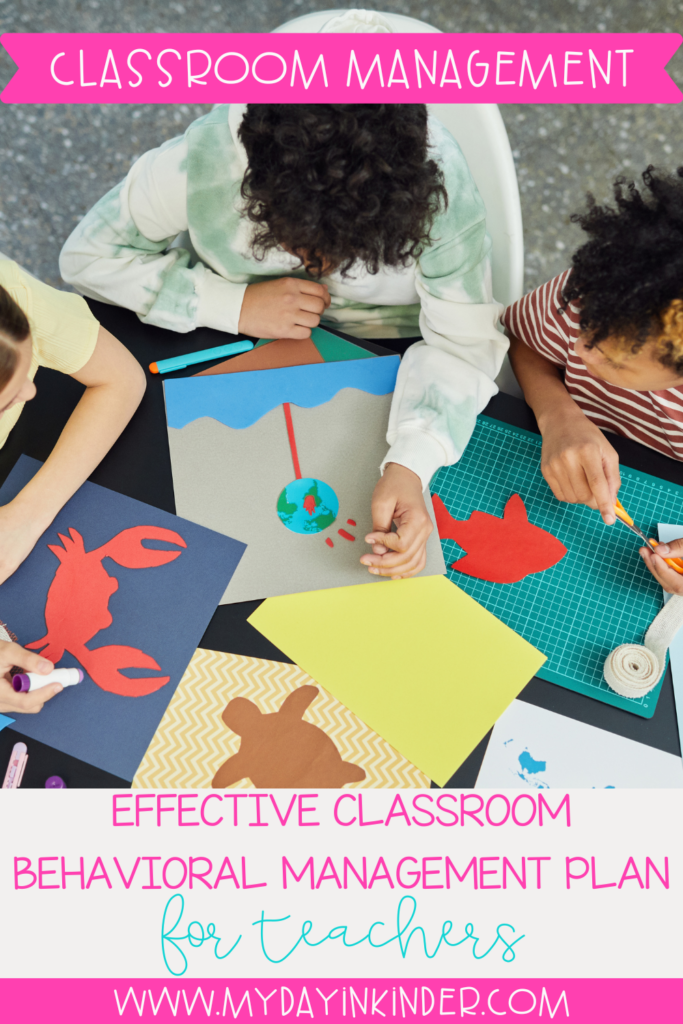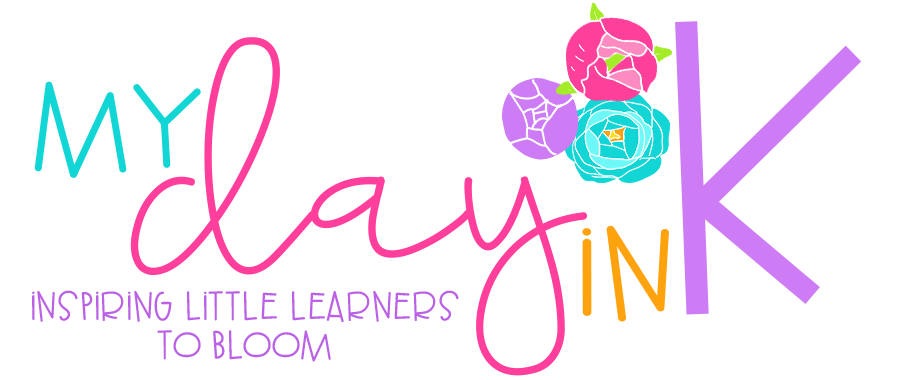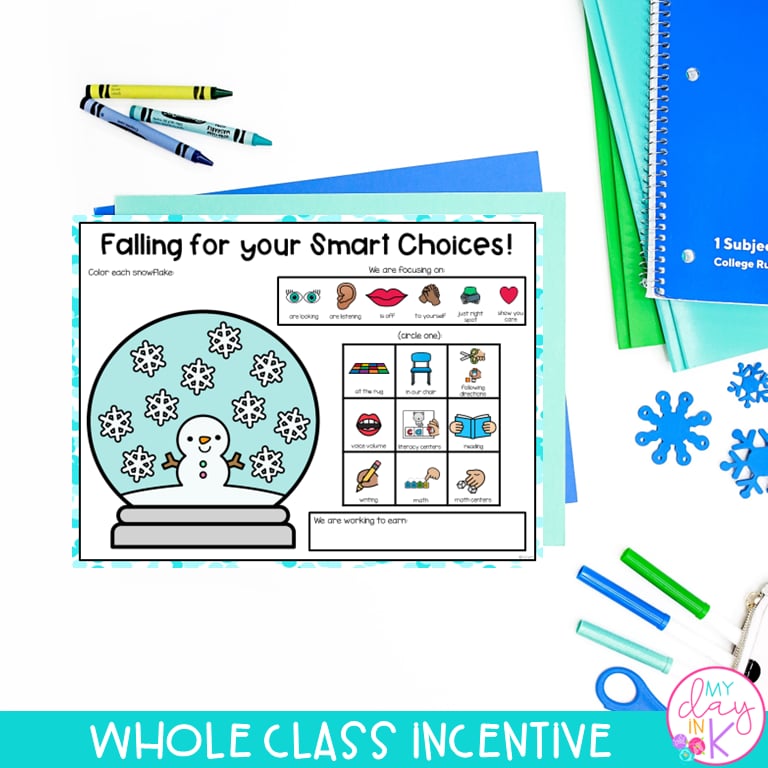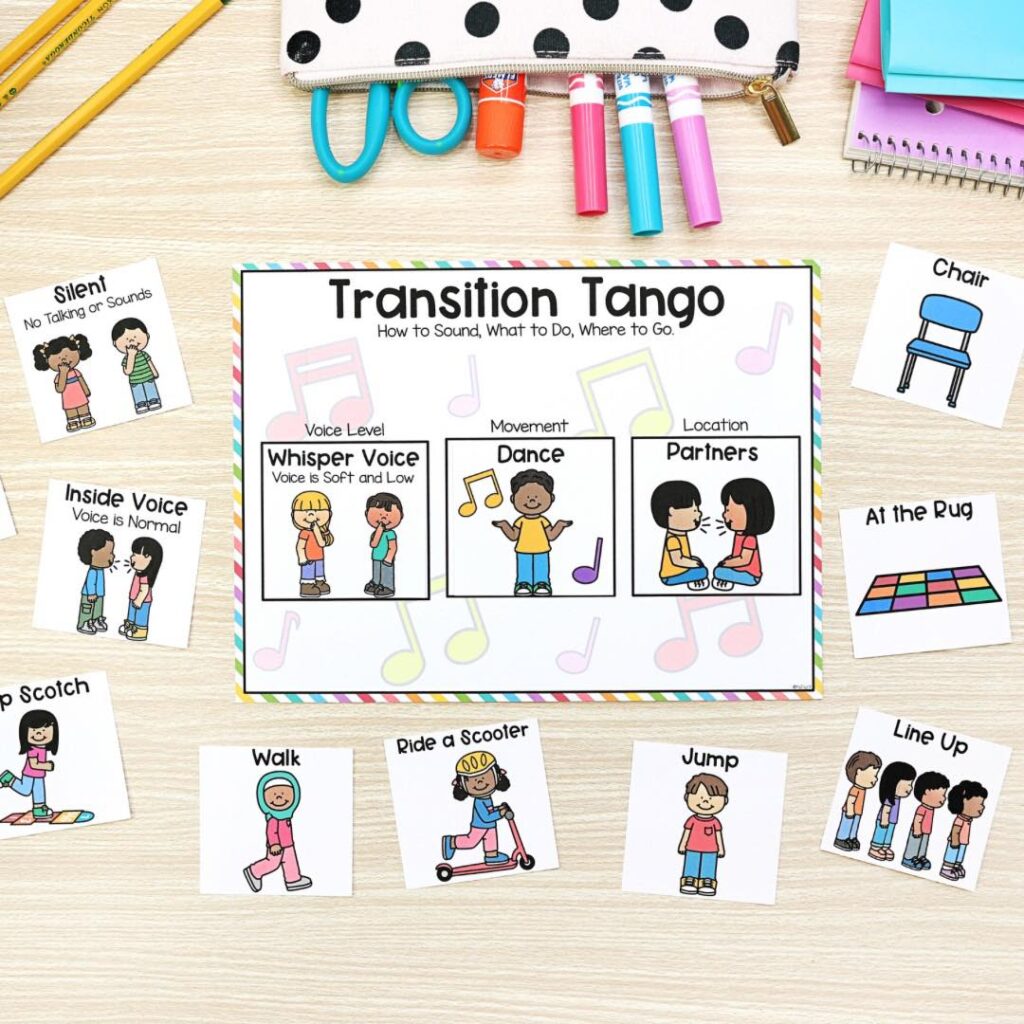Creating an Effective Classroom Behavioral Management Plan
Let’s be real: no elementary school teacher wakes up thinking, “Gee, I can’t wait to wrangle disruptive behaviors all day!” But without an effective classroom management plan, that’s exactly what your day might look like. Whether you’re a first-year teacher or a seasoned pro, a well-thought-out behavioral management system is your ticket to a positive learning environment where students thrive and you keep your sanity. Here’s everything you need to know to create a classroom behavioral management plan that works like magic, plus some great ideas to make implementation a breeze.
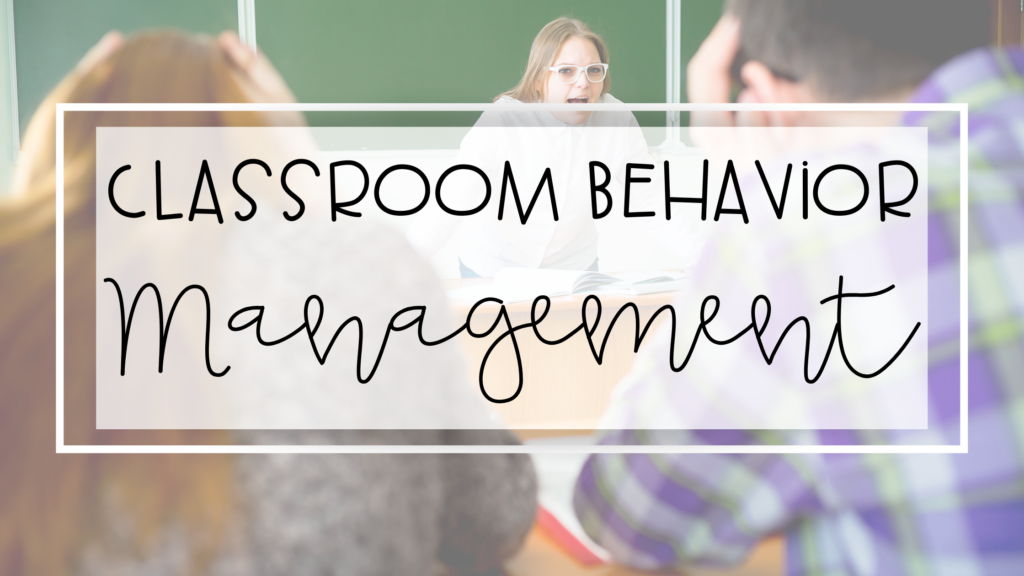
Why Every Teacher Needs a Classroom Behavioral Management Plan
First, let’s get one thing straight: even the best classroom teachers deal with behavior problems. However, a comprehensive classroom behavior management system separates a stressful classroom from a supportive environment.
Here’s why it matters:
- Clear Expectations: When students know the expected behavior, there’s less room for undesired behaviors.
- Positive Behavior: A well-managed classroom encourages good behavior, making the entire class a better place to learn.
- Academic Success: With fewer disruptions, student engagement skyrockets, and learning becomes the focus.
- Consistency: An effective classroom behavior management plan ensures fair and logical consequences so every student knows the deal.
- Stress-Free Days: Let’s face it, fewer problem behaviors mean a happier you.
What Goes Into a Great Classroom Behavioral Management Plan?
Creating a solid classroom behavioral management plan doesn’t have to be complicated. It’s all about setting the tone for a positive learning environment while keeping things clear and manageable. Here’s how to make it work:
Start with clear and simple classroom rules. Focus on what students should do, like “Raise your hand to speak,” instead of what they shouldn’t do.
Have a plan for everyday stuff like lining up, group work, and transitions. When kids know what to expect, you’ll spend less time managing chaos. Use positive reinforcement to encourage good behavior. Things like smiley points, clip charts (not a huge fan), or a whole-class reward system can make a big difference.
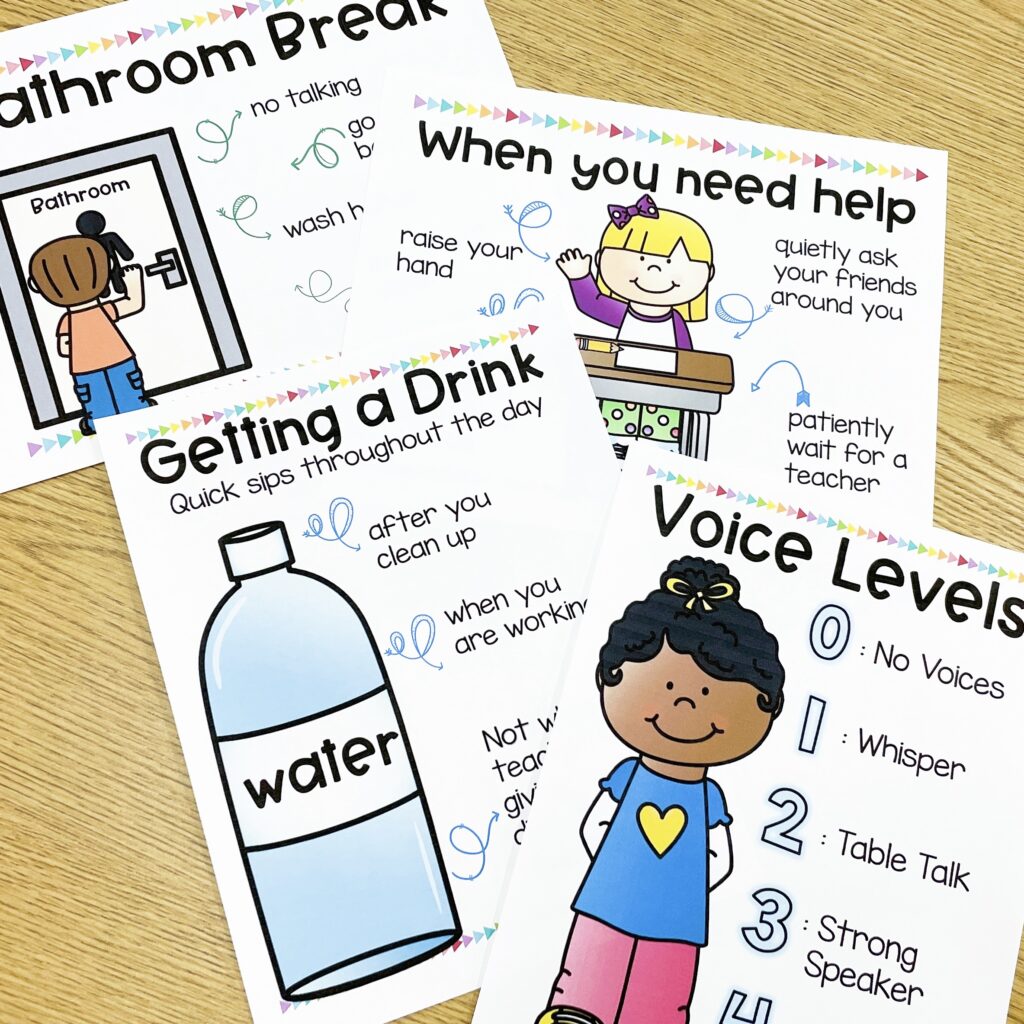
Be ready for missteps with fair and consistent consequences. Kids need to see how their actions impact the class and know you’ll follow through. Finally, don’t forget to tailor your plan for individual students who need extra support. No one-size-fits-all here—flexibility is key.
With these basics in place, you’ll have a classroom that runs smoother and leaves more time for teaching and learning!
Products That Make Classroom Management a Breeze
Good news! You don’t have to create everything from scratch. These tools are lifesavers for elementary school teachers, especially at the beginning of the school year:
- Back to School Classroom Management Routines, Procedures & Visuals
This PowerPoint presentation is perfect for the first week of school. It sets the tone with visual aids to reinforce class rules and classroom procedures. - Full-Year Procedure Visuals Bundle
Keep your classroom expectations consistent all year long with this comprehensive bundle. It’s a great way to ensure your younger students stay on track. - Classroom Management Transition Activities
Struggling with quick transitions? This product helps keep your students engaged and prevents disruptive behaviors during those in-between moments. - Classroom Management Behavior Board
Encourage good classroom behavior with this whole-class system. The visuals make it easy for students to understand how their actions impact the group. You could also have a monthly themed board, too! - Strong vs. Weak Choices Digital Slides
Teach students about their own behavior with this effective way to highlight positive and negative behavior choices. It’s interactive, making it ideal for active participation.
Tips for Managing Student Behavior Like a Pro
Here are some quick tips to ensure your classroom behavior management plan will be effective and smooth during your school year.
- Start Early: The first day sets the tone. Discuss classroom expectations and positive relationships immediately.
- Stay Consistent: Students thrive with clear, consistent expectations. Stick to your plan, even when it’s tempting to give in.
- Use Positive Statements: Instead of “Don’t run,” try “Walk safely.” It’s a small shift, but it works wonders.
- Monitor Individual Students: Some students may need an individual behavior plan. Tailor it to their specific needs for the best results.
- Reflect and Adjust: Your own classroom management plan isn’t set in stone. Revise as needed based on what works for your grade level and class.
The End of the Day Is the Beginning of Success
A well-managed classroom doesn’t happen by accident. It results from clear rules, positive reinforcement, and a comprehensive behavior management system tailored to your student’s needs. With the right classroom management strategies and tools, you’ll not only save a lot of time but also create a positive learning environment where students are motivated to do the right thing. Whether you’re tackling behavior problems or simply fine-tuning your plan, remember: an effective classroom management plan isn’t just a great idea—it’s the best way to ensure academic success for your students and a smooth day for you.
